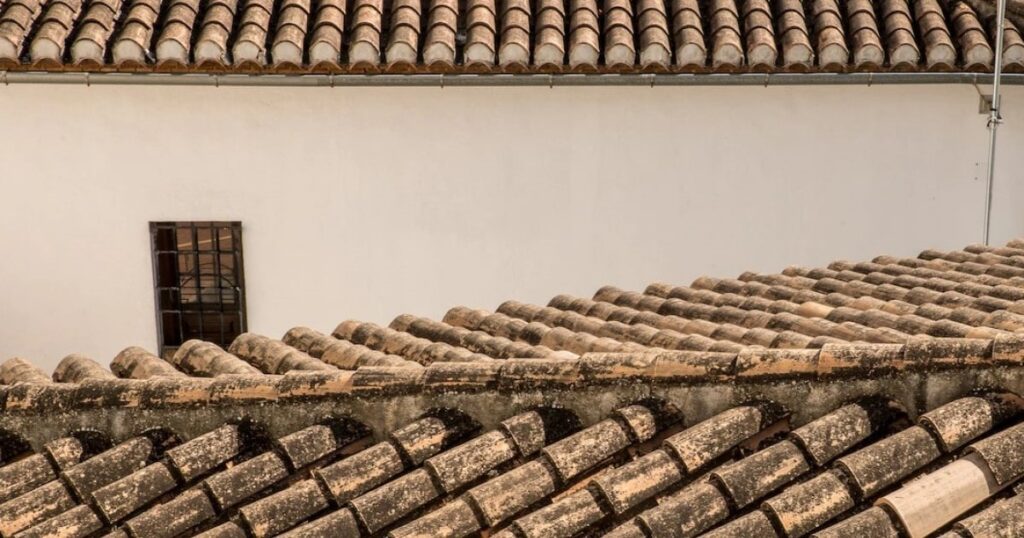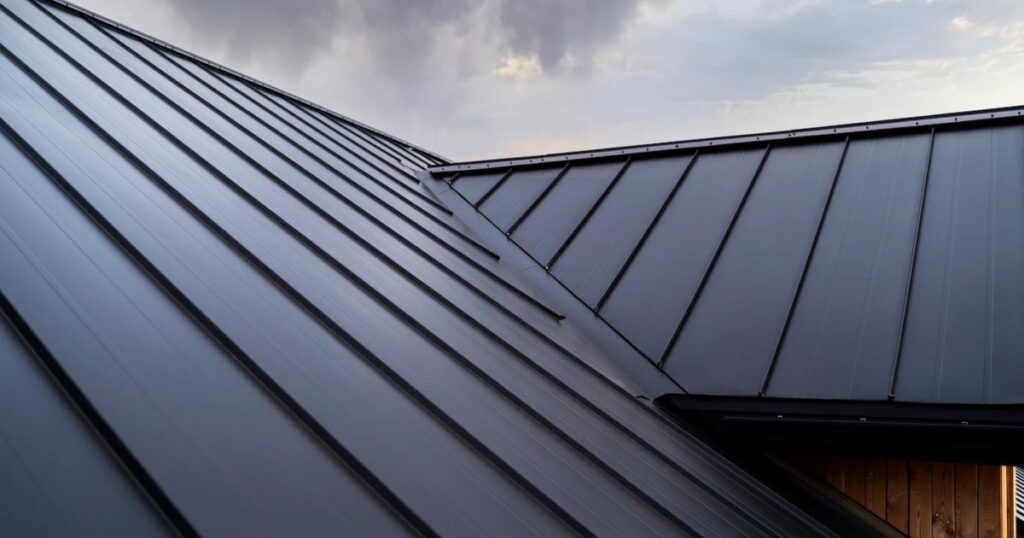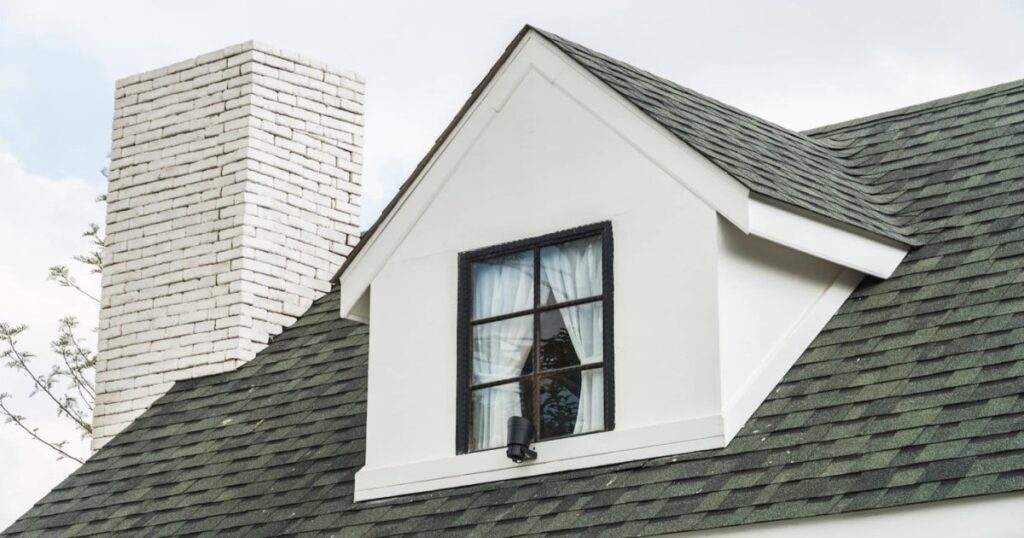When building a new roof, you may think that the eco-friendliness of your materials only comes into play when choosing between asphalt and metal. However, there are many other factors to consider when putting on a new roof. This includes the environmental impact of production and disposal, the toxicity of materials, the availability of raw materials, the surface finish, and maintenance costs. So, what are the best green roofing materials? Let’s take a look at some of the most widespread eco-friendly options for roofs and see how they stack up.
1. PVC and Polyurethane Foam
PVC and polyurethane foam (PUF) products are widely used in the construction industry to build roofs, walls, and many other building components. They are often used in insulating and waterproofing applications and are a common choice for eco-roofing projects. The raw materials used to produce PVC and PUF are natural gasses, water, and minerals.
The process of producing PVC is energy-intensive and produces carcinogenic emissions, but modern plants have systems to reduce emissions to a minimum. PUF is a closed-loop process that uses air as its main carbon source, producing no emissions. Both materials are recyclable.
PVC and PUF are highly durable and can last up to 50 years with proper maintenance. They are also affordable and easy to install. However, the main disadvantage of these materials is that, in hot weather, they emit toxic vapors. Additionally, PVC and PUF are not ideal for all roofing applications despite their eco-friendliness. For instance, they are unsuitable for very low-slope roofs, as they cannot withstand heavy snow loads. In addition, PVC and PUF emit salt when exposed to inclement weather – so these materials are not the best for coastal areas.
2. Copper
Copper roofing is an eco-friendly choice that has been around for a long time and has proven very durable. Despite being very expensive, it is one of the best roofing materials. Its production process is one of the most environmentally friendly and energy-efficient in the industry, while the lifecycle of copper roofs is anything from 50 to 100 years.
Copper is also non-corrosive and highly resistant to weathering – in fact, it becomes more beautiful over time, developing a unique patina. Although copper is expensive, it is one of the best roofing materials for lifetime value and durability. However, it does not offer insulation benefits, so it is not the best option for cold climates.
3. Wood Shingles

Wood shingles are a popular eco-friendly roofing choice because they are recyclable, durable, and lightweight. They are made from real wood, not wood fiber, so they are more robust and reliable. Wood shingles are also a great choice for eco-friendly roofing projects in moderate climates as they are resistant to rot, insect infestation, fire, hail, ice, and wind.
However, they are not suitable for heavy snow loads. Wood shingles are made of natural and renewable materials and do not produce any toxic emissions. They are also available in sustainably sourced wood to promote reforestation. Wood shingles are best suited to sloping roofs and are easy to install, provided they are treated before installation to prevent rotting.
4. TEP and TPO Roofing
Thermoplastic Polyolefin (TPO) and Tucson Electric Power (TEP) roofing are synthetic rubber roofing materials that are durable, lightweight, and easy to install. They are perfect for low-slope roofing applications, as they are highly resistant to tear and wear. TPO and TEP are also made from recycled rubber tires and are the best eco-friendly roofing materials for hot and humid environments.
Furthermore, they are resistant to UV, rain, and hail and can last for up to 50 years with proper maintenance – so, for the price, you get incredible value for money. TPO and TEP are easy to install and can be recycled after their service period is over. However, they are quite costly due to their high production and material costs.
5. Lightweight Materials

Lightweight materials, such as polystyrene, polyurethane, expanded polystyrene (EPS), polyethylene, and polycarbonate, are very common in commercial and industrial roofing applications. They are lightweight and easy to install, making them the best roofing materials for low-slope roofs. They are also durable, resistant to extreme weather, and easy to repair.
What’s more, the materials used to produce lightweight roofing are recyclable, so they do not add to the world’s waste problem. However, lightweight materials are not the best eco-friendly roofing materials for residential use, as they are expensive and difficult to install on a large scale.
6. Concrete Roof Tiles
Concrete roof tiles are an affordable, durable, and eco-friendly roofing choice. They are made from a combination of sand, cement, water, and sometimes fiberglass, making them lightweight and easy to install. While concrete tiles are not 100% eco-friendly due to the presence of cement in their composition, they do cause minimal environmental damage during production.
They are resistant to extreme weather and can last up to 50 years with proper maintenance. They are also easy to install, aesthetically pleasing, and can be customized to fit any roofing design. Unfortunately, concrete tiles are best suited to low-slope roofing applications due to their heavy weight.
Conclusion
When building a roof, it is important to always consider the environment, as roofing materials significantly impact our planet. To better understand which roofing materials are more eco-friendly, consult with reliable roofing contractors in Pleasant Valley, NY. Furthermore, when choosing eco-friendly roofing materials, it is important to keep costs in mind, as some options can be quite expensive.
There are many roofing contractors in Pleasant Valley, NY, who will be able to provide you with a free roofing estimate and help you make the best decision for your home or business. Contact the Roofer of Pleasant Valley today for all your roofing needs!

